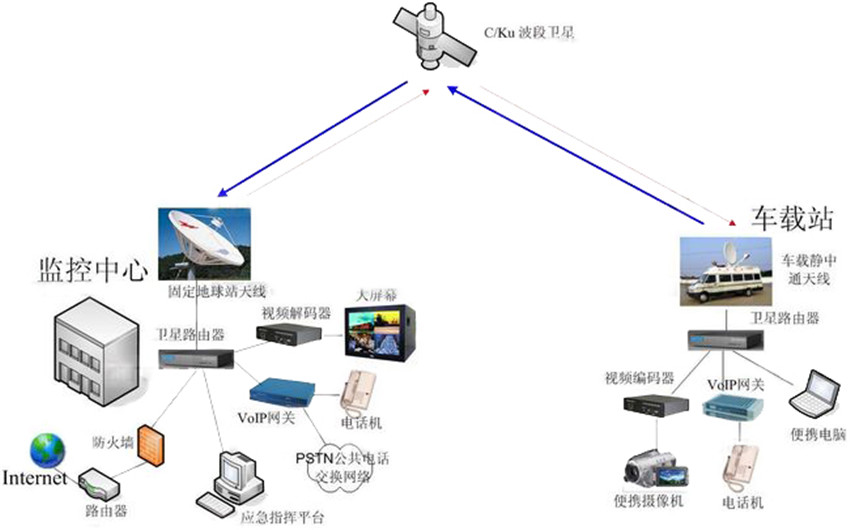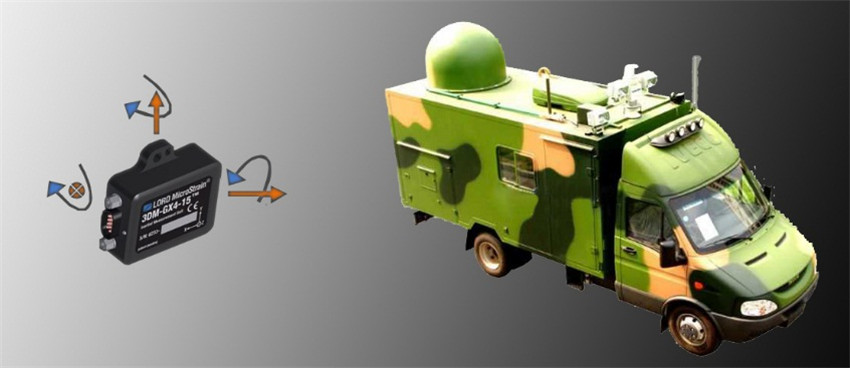In 2002, at the "China-Japan Friendship Marathon" competition held in Beijing, a device called "Moving Pass" was used for live broadcast for the first time. Prior to this, domestic live marathon events, probably need to set up 20 to 30 microwave relay stations, the staff involved in the live broadcast will probably need more than 200 people. In this live marathon, only two "moving in the middle" cars were used. The so-called "moving in the middle" is actually relative to the traditional carrier satellite communication system. Traditional communication systems are stationary during communication with satellites. Even if it is a satellite TV OB van, it will wait until it stops to move. Such systems that require static for satellite communications are known as "quiet pass." The "moving pass" mentioned at the beginning of the article is usually installed on a mobile carrier, such as a train, a ship or a car. During the movement of the carrier, the mobile communication system can automatically track the satellite by adjusting the direction of the antenna. Make communication not interrupted. As early as the 1980s, the United States began its research and successfully applied it to the military. Nowadays, it is slowly being promoted in the civilian sector, similar to disaster relief, television broadcasting and public safety. During the torch relay of the 2008 Beijing Olympic Games, the movement played an important role. The mobile communication system is mainly composed of three parts, including communication system, antenna system and antenna control system. Among them, the communication system is responsible for signal processing, the antenna system is responsible for signal transmission and reception, and the antenna control system is responsible for tracking satellite signals. Inside the antenna control system, there is an integrated controller, the main part of which is the inertial navigation system. The inertial navigation system measures the angular velocity and acceleration, and performs the strap-down solution to output the change of the attitude, velocity and position of the carrier, and then converts it into the angular variation of the antenna. Finally, the servo mechanism adjusts the azimuth and pitch of the antenna. Angle and polarization angle for real-time tracking of satellite signals. It can be said that the key technology of the entire mobile communication system is concentrated on this inertial navigation system. In the early days, the internal inertial navigation system was mainly based on fiber optic gyroscopes or laser gyroscopes, and the price was very high. For example, the mobile satellite communication vehicle originally produced by the former Chongqing Bashan Instrument Factory was the first in China. With the development of science and technology, inertial components produced by MEMS processing technology began to enter the market, making up for the gap in the low-end electronics market, and the cost of the mobile communication has finally been greatly reduced. The inertial originals currently mentioned include two major categories: accelerometers and gyroscopes. Since the iPhone 4, almost every cell phone has a gyroscope. At this year's Rio Olympics, Hysko smart boxing gloves, one of the highlights of Black Technology, is also composed of a gyroscope and an accelerometer. All of these are single inertial originals with low precision and are electronic consumer grade products. The cost is about a few dollars. In addition, similar to the Dutch XSENS and the US MicroStrain, these companies generally package gyroscopes and accelerometers, and built-in Kalman and other filters, to bring the entire inertial navigation system to the market, the accuracy can reach 10 ° / h. These products are basically at the level of industrial applications, and can meet the accuracy requirements of higher-end mobile communication systems, and the cost is more than 1,000 US dollars. Compared with the price of hundreds of thousands of thousands of laser gyros, it is very cheap. Hebei H-pack Machinery Manufacturing Co., Ltd (subsidiary of Helper Group) is one of earliest manufactures who engaged in polyurethane, silicone adhesive, emulsion explosive, printing ink packing machinery. Thanks to the exquisite technology, serious working attitude, perfect after service, all of these make the reputation of Helper spread in polyurethane and silicone adhesive industrial field. Our polyurethane packing machine, aluminum wire double clipping machine and great wall clipping machine help our clients to create value as a result of their reliable performance. Clipping Machine,Sealant Filling Machine,Hot Sealing Machine,Automatic Sealant Packing Machine Helper Machinery Group Co., Ltd. , https://www.helperfoodmachiney.com


October 09, 2022